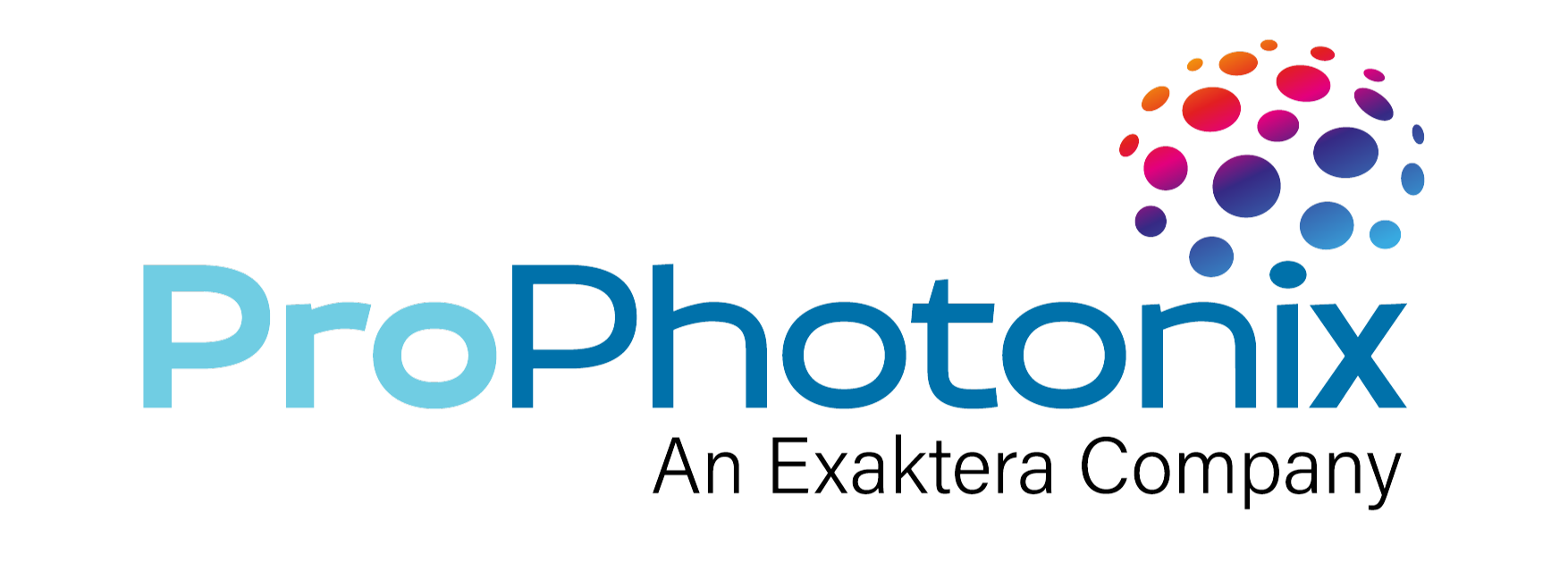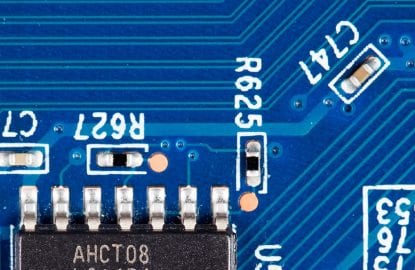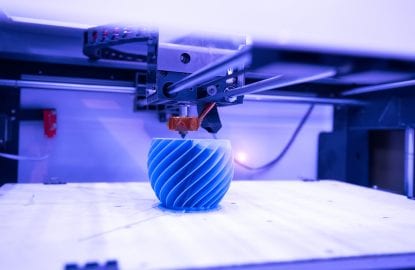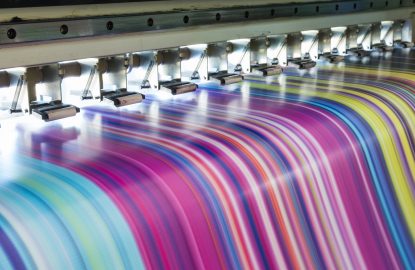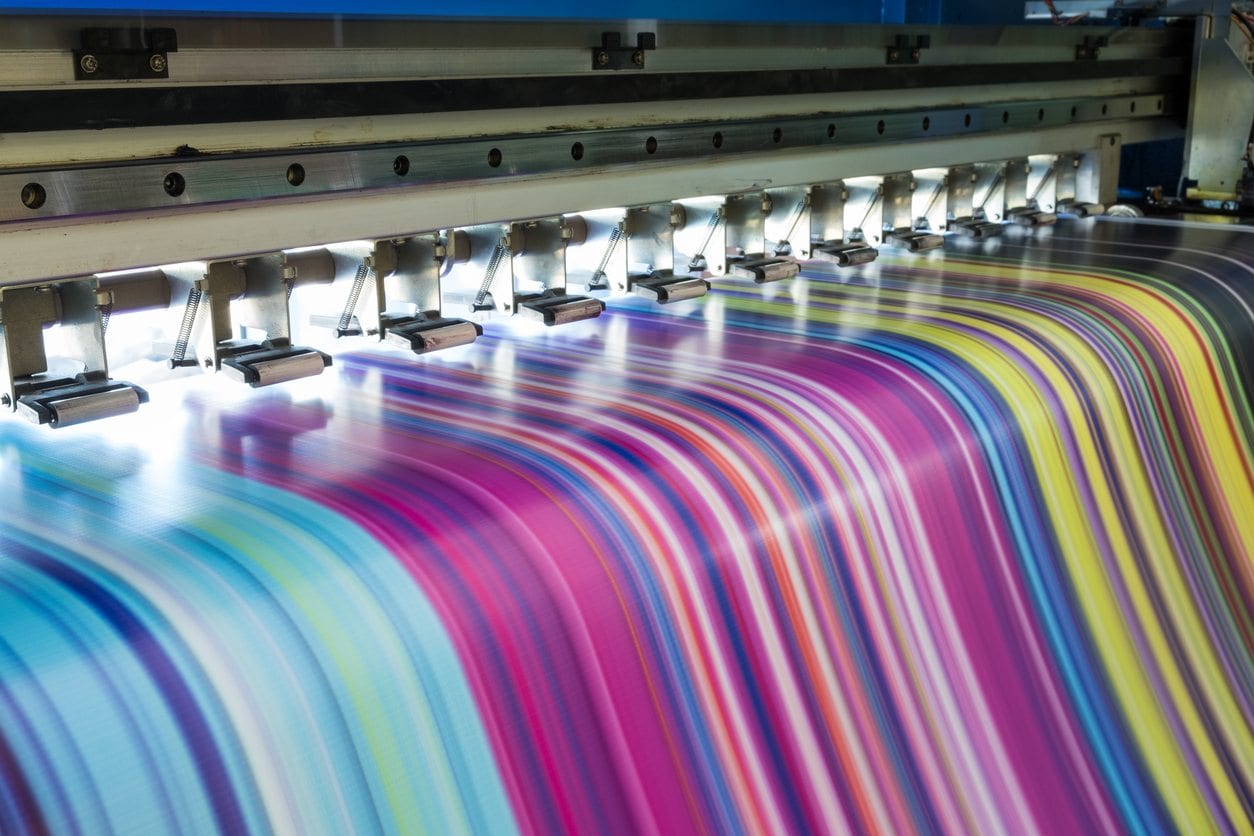UV LED Curing Systems now provide an alternative to traditional technologies in a wide range of industries. This post looks at the advantages of UV LED curing versus traditional technologies in the print industry.
The rapid growth of UV LED technology in curing applications in the print industry is hardly surprising, when you consider the inherent advantages of the technology when compared to traditional mercury vapor lamps. UV LED curing lamps provide greater efficiency, do not require warm up time, last longer and deliver more stable output over the lifetime of the lamp.
Efficiency
Only 20% of the energy emitted from a mercury vapor lamp is emitted in the form of UV light. A significant amount of the energy (up to 50%) is emitted as Infrared (IR) light. This is not only wasteful in terms of energy usage, but can be problematic in the curing process. In the print industry, the resultant heat from the lamp can damage heat sensitive substrates, so the use of a mercury lamp may restrict the materials used. In addition, the output of the lamp changes as the bulb ages. This can result in inconsistent curing.
Instant on/off
Mercury lamps do not turn on instantly. They require significant warm up time. In practice, this means that shuttering systems are used or the lamps are left on, running at lower power levels when otherwise idle. In either case, energy is needlessly wasted.
Lifetime
The lifetime of a mercury lamp bulb is typically 1,500 – 2,000 hours, resulting in significant maintenance and re-lamping costs over the lifetime of a lamp. Lifetimes of UV LEDs are now in the tens of thousands of hours and as a result maintenance costs will significantly reduce. The instant on/off of LEDs mean that the curing process consumes less energy.
Output
The output of a LED lamp is in a narrow spectrum, therefore, a UV LED Curing lamp is much more energy efficient to run. The output is also much more stable over time ensuring a reliable cure.
If you are considering a UV LED curing system, visit the UV LED Curing Systems page and see what ProPhotonix can offer.
ProPhotonix is a leading designer and manufacturer of Laser Diodes, Laser Modules, UV LED Curing Systems, LED Products, and UVC LED Disinfection Systems. Contact us for free expert advice on selecting the optimal solution for your system.
